Supermarket inflation has held steady at just over 2% this month. Average inflation across the big four stood at 2.08% on 1 January - exactly the same as on 1 December.
Morrisons kept the tightest lid on inflation, with prices only 1% higher than a year ago. It also slashed prices 2.4% month on month - with fruit & veg down 4% and household down 6%.
Its aggressive deals on household items this week included more than half-price discounts on selected Ariel products and Harpic limescale remover.
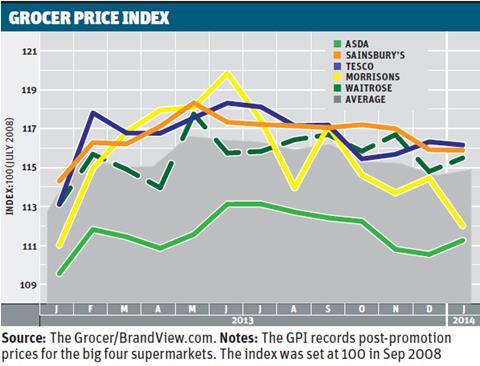
Morrisons’ promo drive is not restricted to the household category, though: it has also just launched a ‘Prices nailed down’ campaign, promising to keep the prices of 14 everyday essentials down.
After a sharp increase in prices in the first half of 2013, Morrisons’ price competitiveness has improved considerably over the past six months - so much, in fact, that Morrisons is now second only to Asda in having kept prices down since the start of The Grocer Price Index back in 2008.
At the other end of the spectrum, Tesco has put up prices the most since 2008, and its prices are also up the most year on year. Its prices are now 3% higher than last year, while Asda’s and Sainsbury’s prices are 1.7% and 1.5% higher.
Waitrose prices are up 2.3% year on year and it has put prices up 0.7% over the past month, with the biggest hikes in frozen and deli.
At a category level, the only one showing inflation of more than 3% was once again meat, fish & poultry. However, inflation in the category - driven last year by retailer demand for British meat and by the long winter - has eased a little from over 7% in September to just under 5% this month.
Some further relief is expected in 2014 as salmon prices start to stabilise and poultry prices ease. In a report on food inflation last month, Prestige Purchasing predicted maize would fall by 20% this year, taking 5% to 7% off the price of chicken breasts.
Lower grain prices have already brought prices down in the bakery category, where inflation has dropped from more than 4% a year ago to just 0.32% as a result of a better global wheat harvest in 2013.
However, inflation is on the rise in dairy. Lower production levels - partly the result of poor weather in 2012 and 2013 - fed double-digit increases in milk, cheese and butter commodity prices at the end of last year, and that is now starting to feed into higher retail prices. Supermarket dairy prices are up 1.9% month on month and 3.1% year on year.
Wholesale prices: strong demand from food sector keeps LDPE prices rising
Prices for LDPE in the UK remain on an upward trajectory having risen 7.6% year on year and 0.7% month on month.
Demand is usually weak at this time of year, so plants operate at reduced capacity. But this year, demand for LDPE from the food sector is stronger than anticipated, so supplies are tighter than normal and prices have gone up.
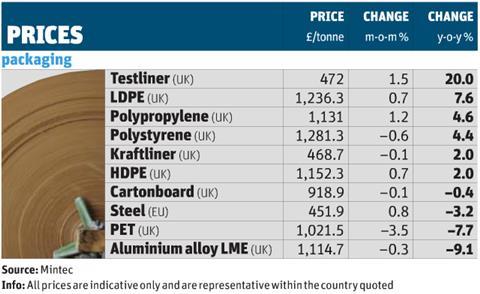
The market for Testliner also remains strong, with prices in the UK up 20% on this time last year and up 1.5% on last month. Prices have moved up because of strong demand coupled with low European stocks.
By contrast, prices for PET and aluminium alloy are on a downwards trajectory. Aluminium alloy is down by nearly 10% year on year, weighed down by oversupply in the market. And PET is down by 7.7% as a result of good supplies and low demand as well as lower feedstock prices.
Steel prices have picked up over the past month but also remain down year on year.
(Julia Glotz)








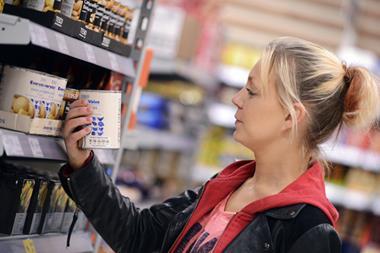
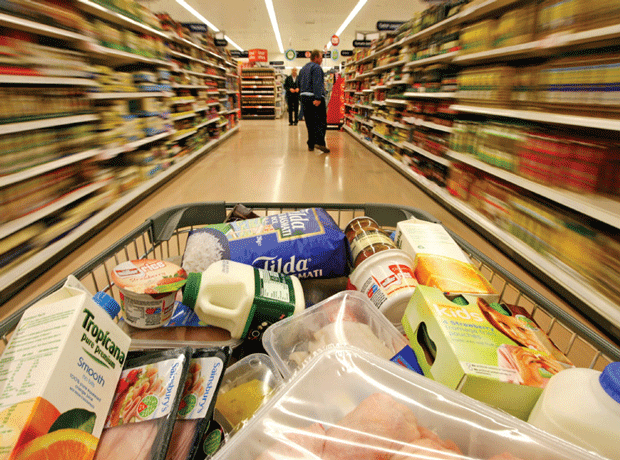
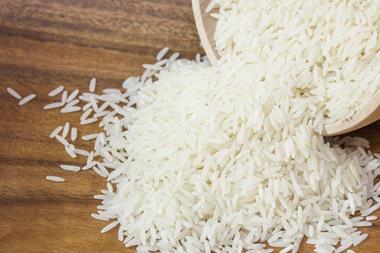
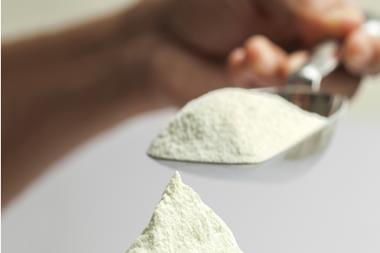







No comments yet